Discovering Spice Farms of Zanzibar: A Journey Through Fragrant Fields
Zanzibar, an archipelago off the coast of Tanzania, is renowned for its beautiful beaches, vibrant culture, and rich history. But there’s another treasure hidden within this paradise that often goes unnoticed by many travelers—the spice farms. Known as the “Spice Island,” Zanzibar’s spice farms offer a unique and aromatic experience that tantalizes the senses and provides a deeper understanding of the island’s agricultural heritage.
The Historical Significance of Zanzibar’s Spice Trade
The spice trade has been integral to Zanzibar’s economy and cultural identity for centuries. Introduced by the Omani Arabs in the 19th century, spices like cloves, nutmeg, cinnamon, and black pepper became the island’s primary export, transforming Zanzibar into a bustling hub of commerce. Indians also played a significant role in Zanzibar’s spice trade, bringing their expertise in trade and agriculture, and further enriching the island’s cultural and economic landscape. Today, while the global demand for spices has diversified, these farms remain a vital part of Zanzibar’s economy and continue to attract visitors from around the world.
The Spice Tour Experience
Visiting a spice farm in Zanzibar is a multisensory journey. As you walk through the lush plantations, you’ll encounter a variety of spices and tropical fruits, each with its own unique aroma and flavor. Knowledgeable guides lead these tours, sharing fascinating insights into the cultivation and uses of each spice. Here’s a glimpse of what you can expect during a spice tour:
- Cloves – The King of Spices: Zanzibar is one of the world’s largest producers of cloves. The aromatic flower buds are harvested and dried in the sun, releasing a sweet, pungent scent that fills the air. Often referred to as the “King of Spices,” cloves have a historical significance and are used in various culinary and medicinal applications. Clove production is the second-largest source of revenue for Zanzibar, next to tourism.
- Cinnamon – The Queen of Spices: The cinnamon tree’s bark is harvested to produce one of the world’s favorite spices. Your guide will peel back a piece of bark, revealing the familiar warm, spicy aroma of cinnamon, which can also have a menthol-like quality. Known as the “Queen of Spices,” cinnamon’s versatility and rich flavor make it a standout. You’ll also get to taste fresh cinnamon sticks, a delightful experience. The cinnamon root, which can also have a menthol-like quality, adds an interesting twist to the experience.
- Nutmeg: This versatile spice comes from the nutmeg tree’s fruit, which also yields mace. The tour will show you how nutmeg is harvested and processed, and you’ll have the opportunity to sample nutmeg-flavored snacks.
- Black Pepper: Grown on vines that snake around supporting trees, black pepper is another staple spice. You’ll see how the peppercorns are harvested and dried and taste the sharp, pungent flavor of fresh pepper.
- Ginger: The ginger root is a staple in many cuisines and traditional medicines. You’ll encounter fresh ginger with its strong, zesty flavor. When I tried to taste fresh ginger directly from the ground, it was so strong that I started coughing.
- Lemongrass: One of the highlights for many visitors, including myself, is lemongrass. Its fresh, citrusy aroma is invigorating, and it is a favorite for its versatility in both culinary and medicinal applications.
- Vanilla: The delicate vanilla orchid requires careful cultivation. Vanilla flowers must be picked early in the morning for successful pollination. Your guide will explain the intricate pollination process and show you the vanilla pods at various stages of ripeness. The sweet, floral scent of vanilla is unmistakable. However, during my visit, vanilla beans were not in crop time. Vanilla is one of the most expensive spices due to its labor-intensive cultivation process, including hand pollination and the long curing process required to develop its rich flavor.
- Cardamom: This spice, often referred to as the “Queen of Spices” alongside cinnamon, is known for its strong, aromatic flavor. Cardamom pods grow on low plants that require specific climatic conditions. Your guide will show you how cardamom is harvested and processed, and you’ll get to experience its intense fragrance and distinct taste.
- Cocoa: Zanzibar’s spice farms also grow a unique variety of cocoa, smaller than those typically seen in other regions. Your guide will take you through the cultivation process, explaining how these cocoa beans are grown, harvested, and used to produce delightful cocoa products.
- Coffee: Zanzibar produces Arabica coffee, distinct from the varieties found in Latin America. During the tour, your guide will provide insights into the cultivation and harvesting of Arabica coffee, highlighting its unique qualities and importance in Zanzibar’s agricultural landscape.
- Exotic Fruits: In addition to spices, you’ll also encounter a variety of tropical fruits like jackfruit, starfruit, and papaya. These fruits add a refreshing twist to the tour, allowing you to sample the island’s diverse agricultural produce. I tried starfruit, and my guide gave me one to take with me.
A Personal Experience at Bwamzee Spice Farm
My spice tour at Bwamzee Spice Farm was made even more special by my guide, a 16-year-old boy named Mohamed. I went to the farm privately on the way from Nungwi to Stone Town, and by paying extra to the taxi company, I could customize my tour. Since I was solo, there were no other tourists at the farm, and it was quiet. Some people might enjoy the tour more in a group setting, but I appreciated the tranquility.
Another memorable part of the tour was when a boy, known as the coconut boy, joined us. He climbed a tree effortlessly and dropped a coconut. He then opened it for me to drink the juice, which was refreshing but challenging to consume in large quantities. Later, we shared the coconut meat. The boy sang a welcome song while climbing the tree, adding a touch of local culture to the experience. He also sold oil and soap, showcasing the many uses of the island’s natural resources. As a gesture of hospitality, he gave me a handmade crown and bag made from leaves, a beautiful souvenir from the tour.
Throughout the tour, Mohamed made me smell every leaf to guess the spice, a fun and engaging activity, though I didn’t get most of them right. As we walked through the farm, I filled my pockets with a lot of leaves. They smelled very nice when I moved to a hotel in Stone Town, adding a pleasant reminder of the tour to my stay.
Although I had seen online that meals were sometimes provided during these tours, I didn’t receive one during my visit.
The Cultural and Culinary Connection
The spice farms of Zanzibar are not just about agriculture; they are deeply connected to the island’s culture and cuisine. Spices play a crucial role in Zanzibari cooking, infusing dishes with rich, complex flavors. Traditional meals like pilau (spiced rice) and biryani are a testament to the island’s culinary heritage, where spices are used generously to create unforgettable dishes.
During your tour, you might have the chance to participate in a cooking class, learning how to prepare authentic Zanzibari dishes using the spices you’ve encountered. This hands-on experience provides a deeper appreciation for the culinary arts of Zanzibar and a delicious end to your tour.
Supporting Local Communities
By visiting a spice farm, you’re not only indulging in a unique experience but also supporting local communities. Many of these farms are family-owned, and the tours provide an essential source of income for the farmers. Your visit helps sustain traditional farming practices and ensures that the legacy of Zanzibar’s spice trade continues for future generations.
Practical Tips for Your Spice Tour
- Wear comfortable clothing and shoes: The tour involves walking through plantations, so be prepared for a bit of a hike.
- Bring a hat and sunscreen: The tropical sun can be intense, so protect yourself from sunburn.
- Stay hydrated: Carry water with you to stay refreshed during the tour.
- Be open to trying new things: The tour offers many tasting opportunities, so embrace the chance to sample new flavors.
Conclusion
A visit to the spice farms of Zanzibar is an enriching experience that goes beyond the typical tourist attractions. It offers a glimpse into the island’s agricultural roots, a taste of its culinary delights, and a connection to the local culture and economy. As you walk through the fragrant fields and sample the diverse array of spices, you’ll gain a deeper appreciation for the natural beauty and cultural richness of Zanzibar.
At the end of the tour, I was encouraged to buy their products and spices. I bought various spice teas and vanilla beans, even though the vanilla was not in crop time. I wondered if I could fly with them, but the desire to bring a piece of Zanzibar home with me was irresistible.
So next time you find yourself on this enchanting island, make sure to add a spice tour to your itinerary—it’s an adventure for all the senses.
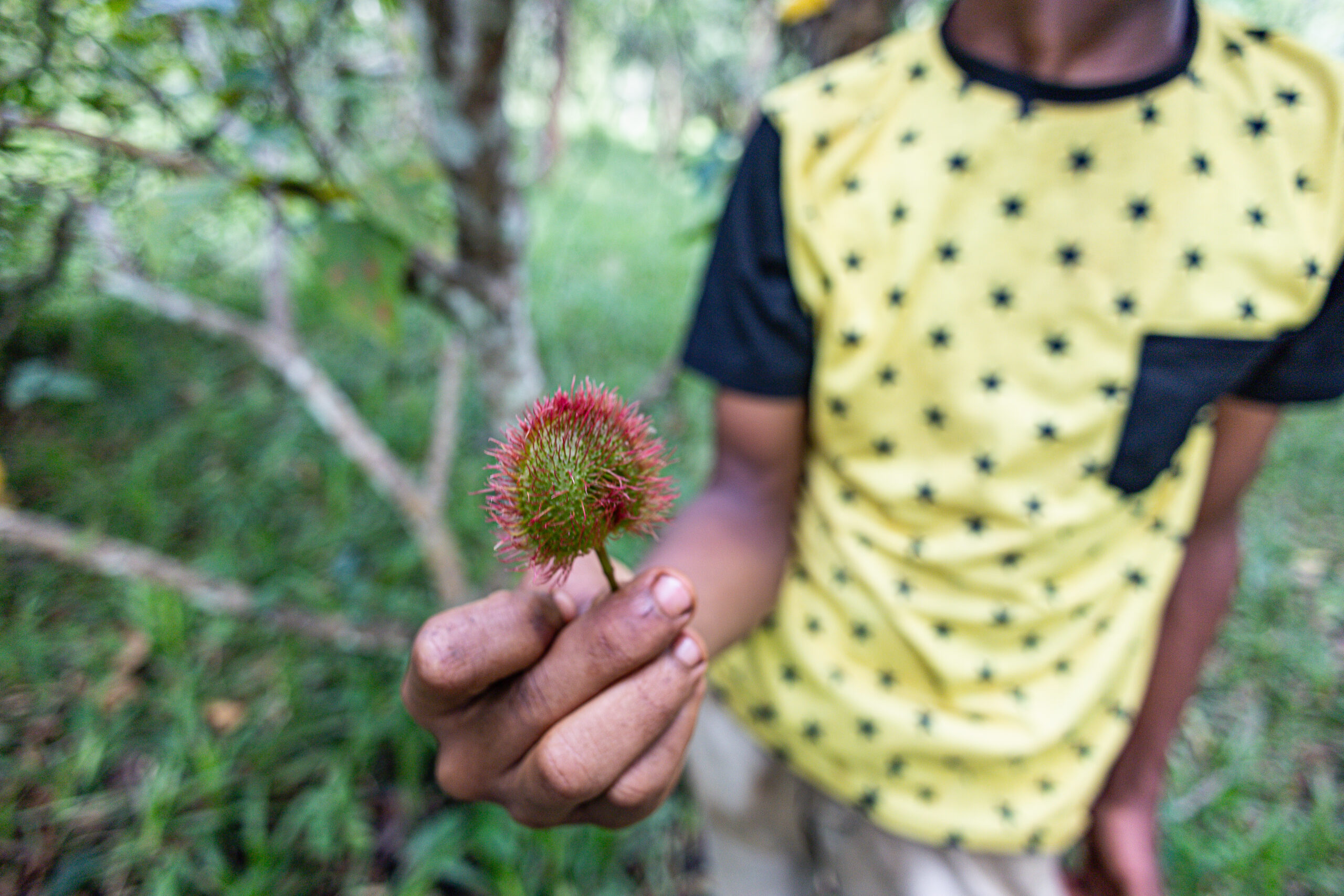
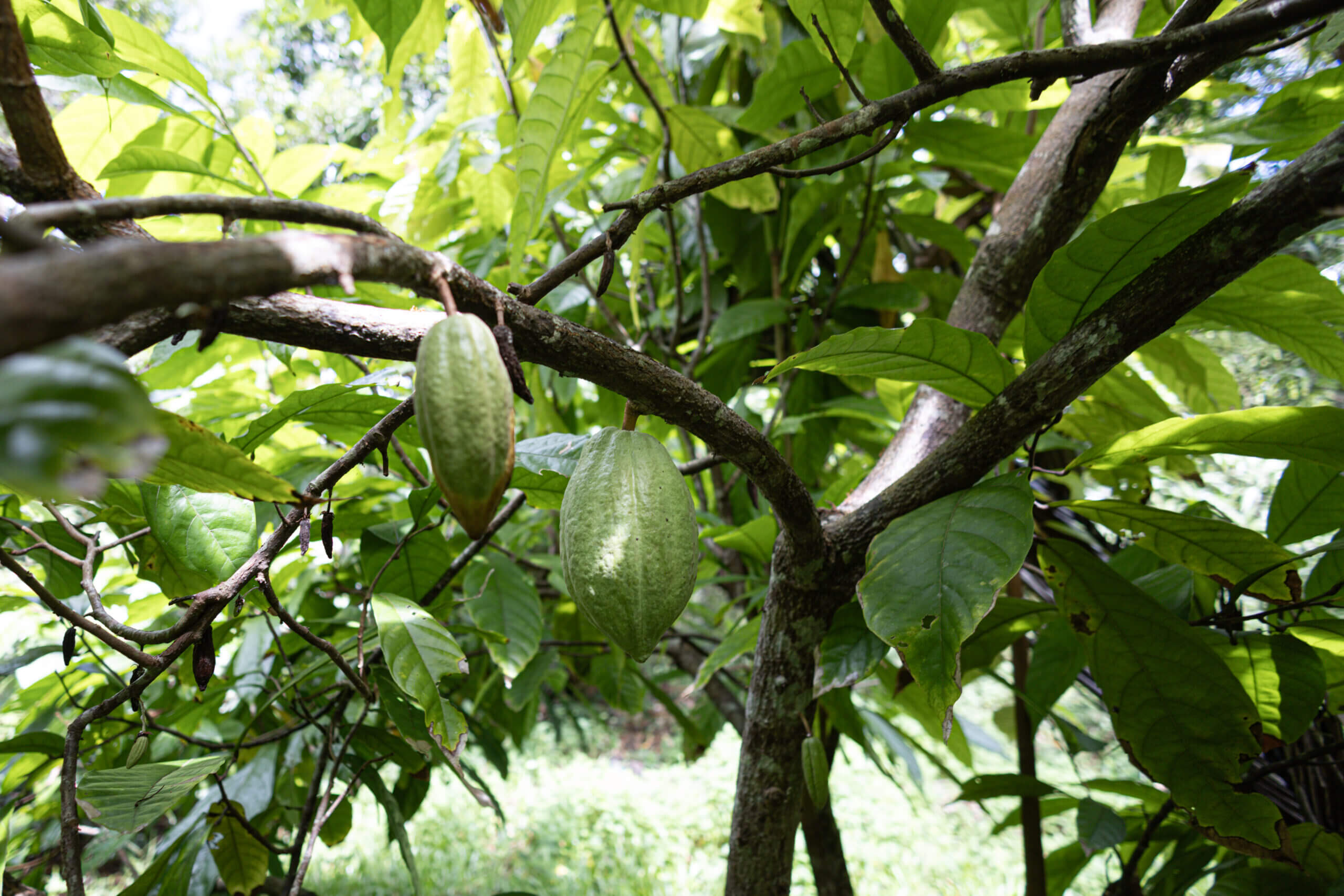

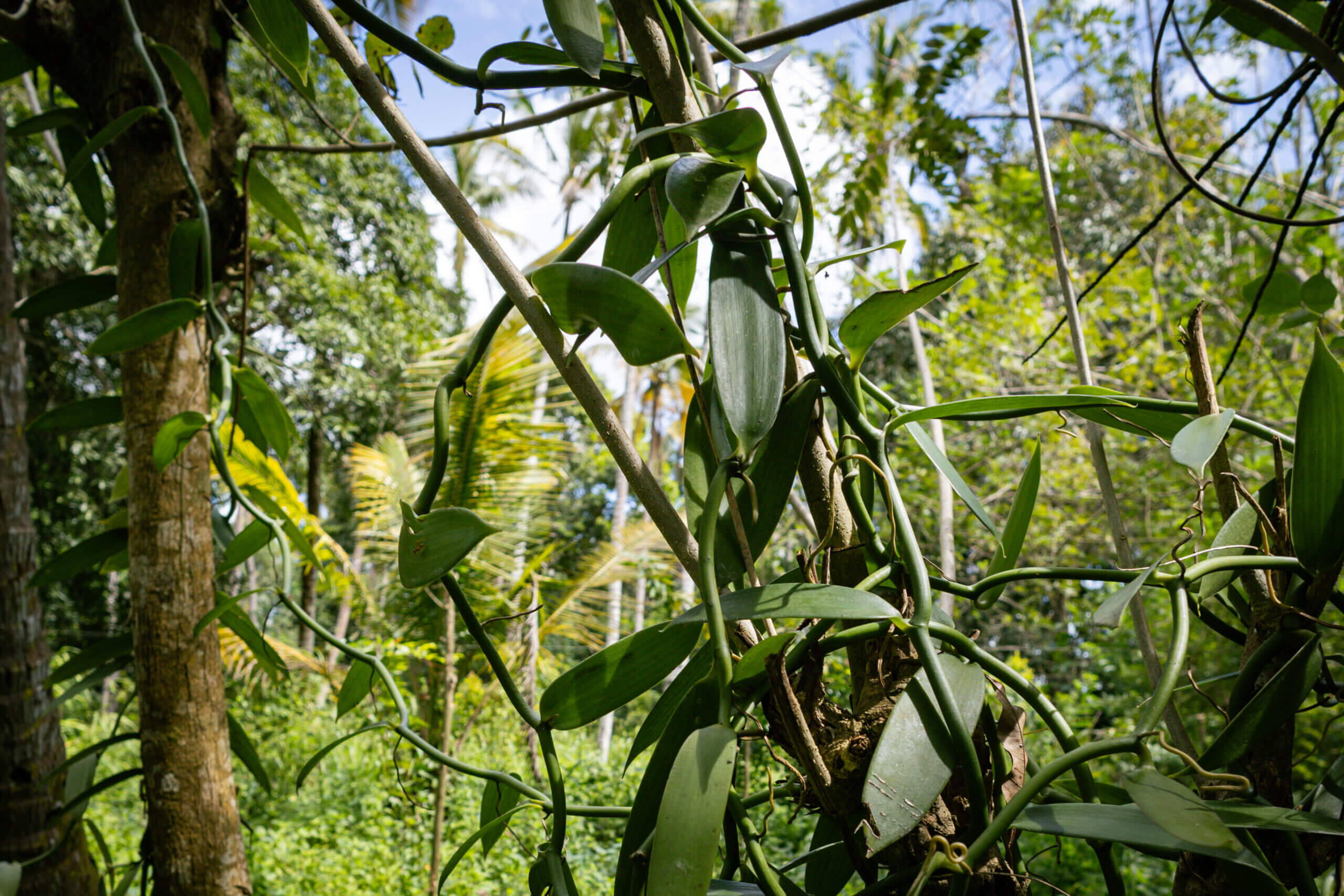

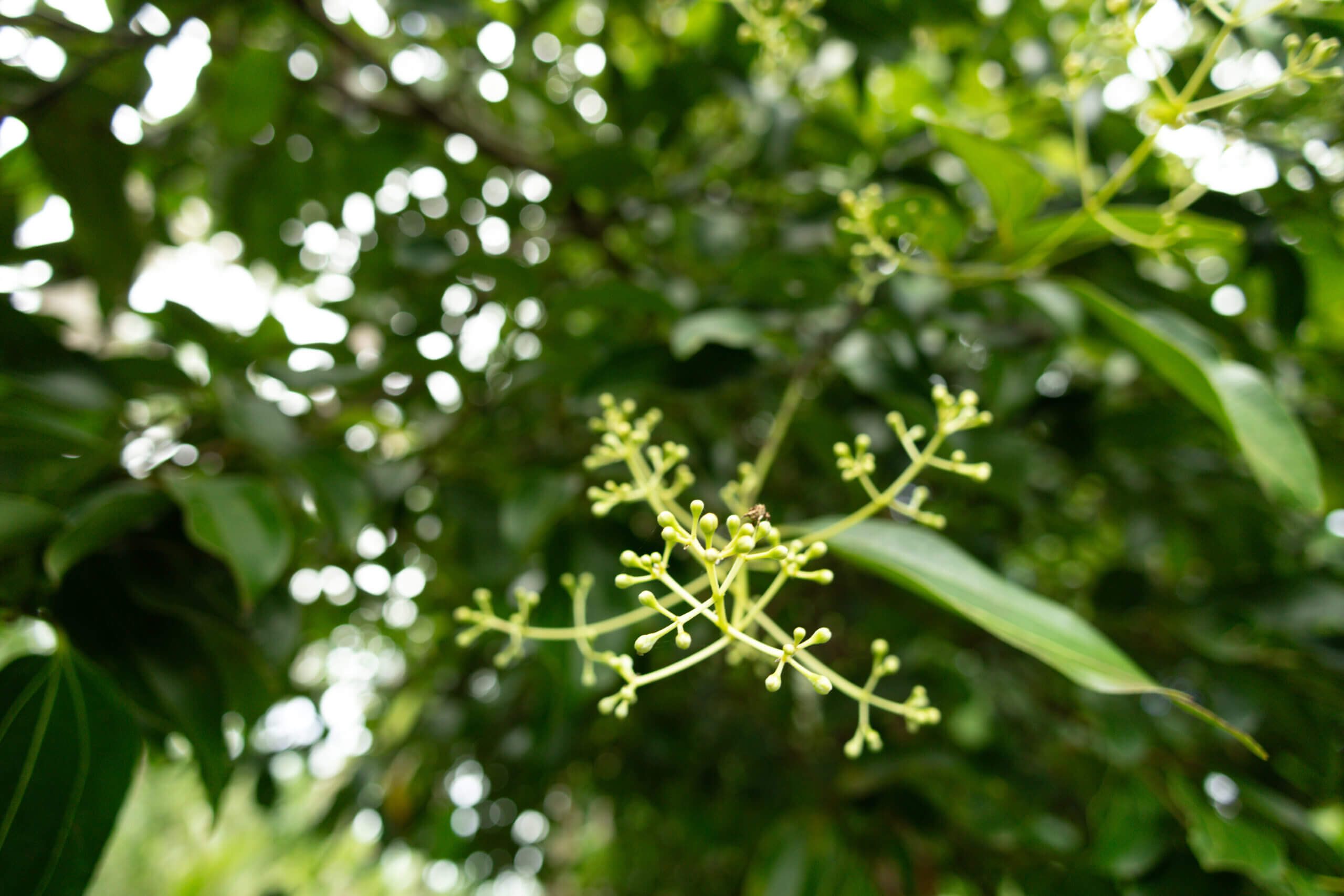


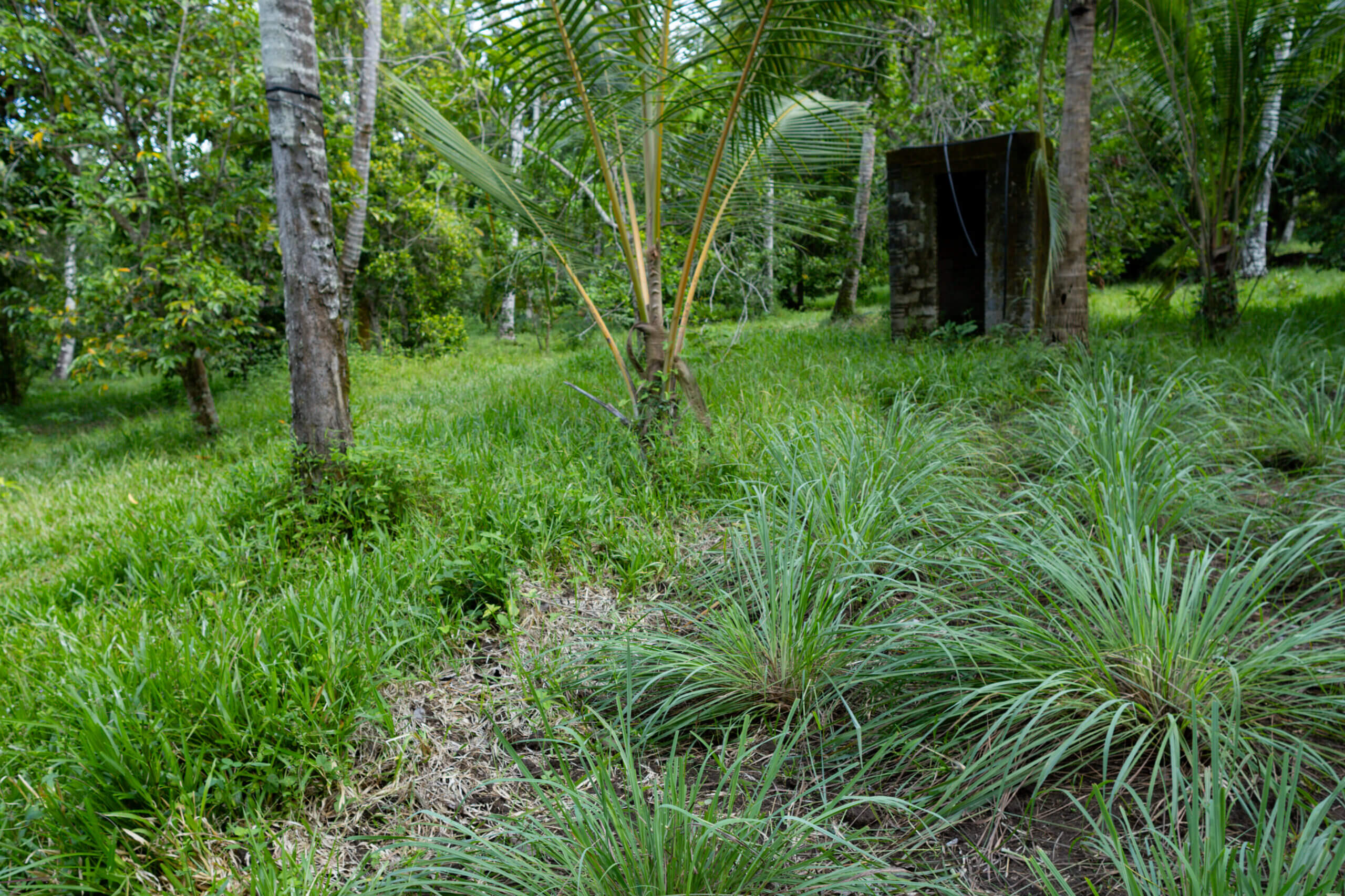

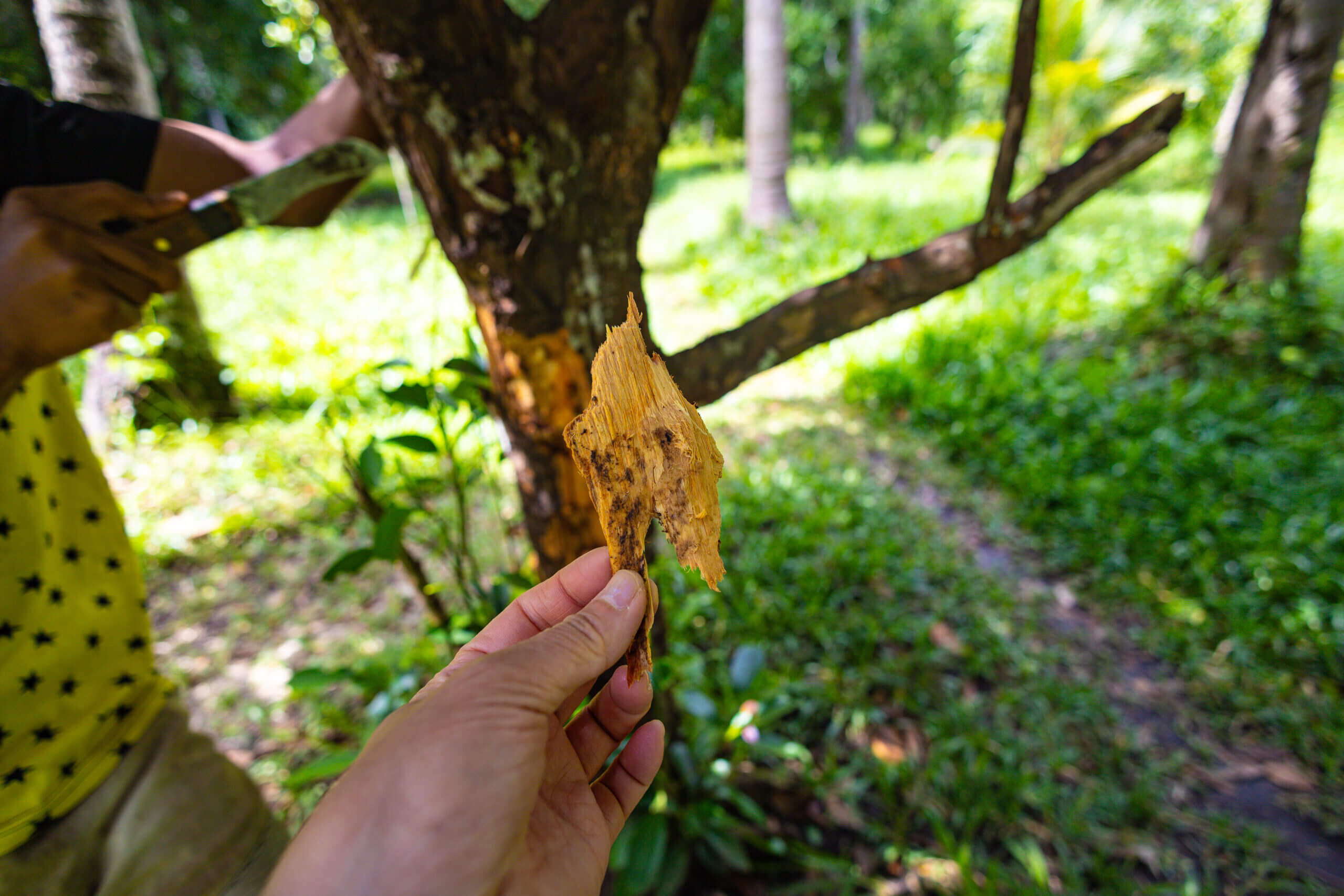
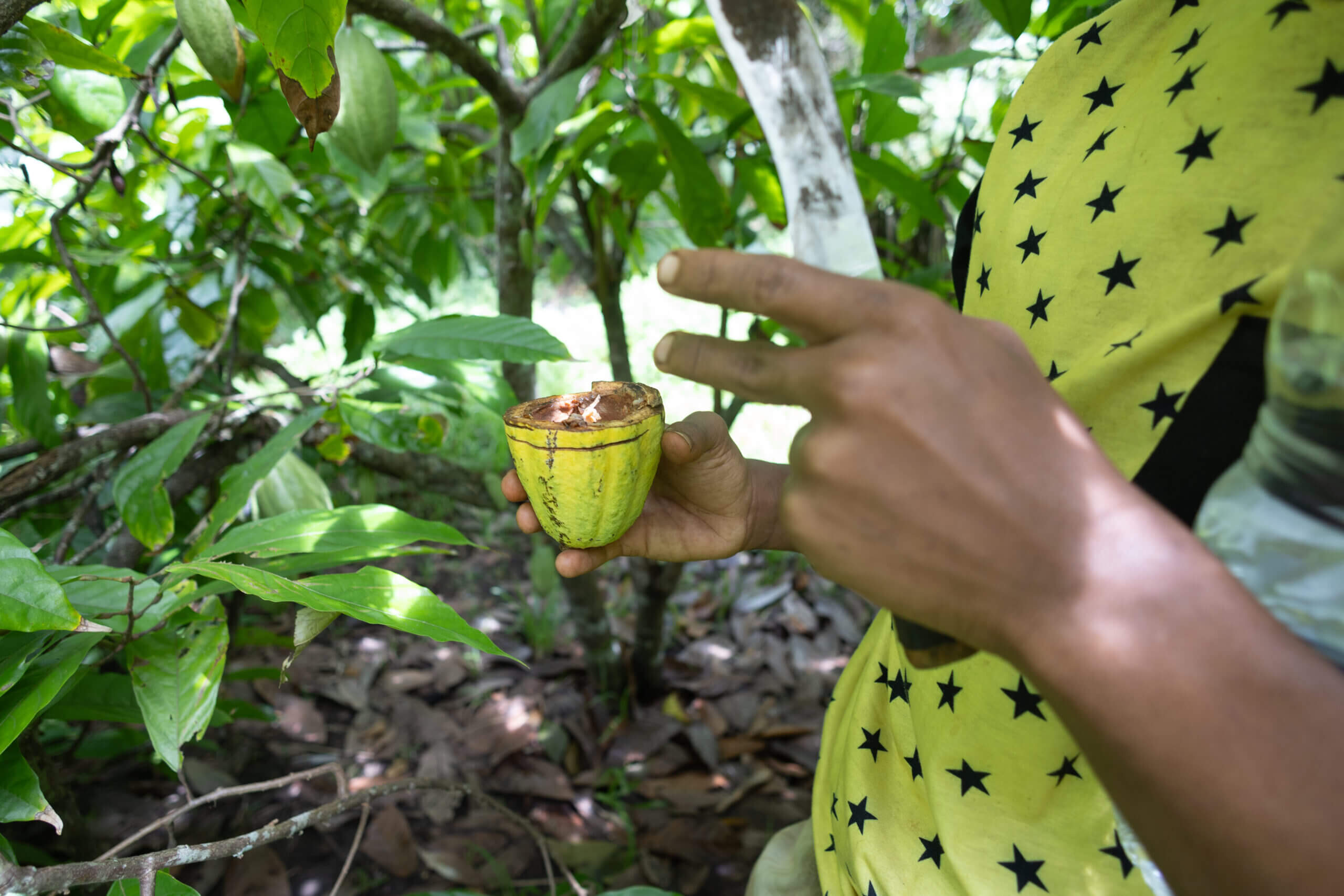

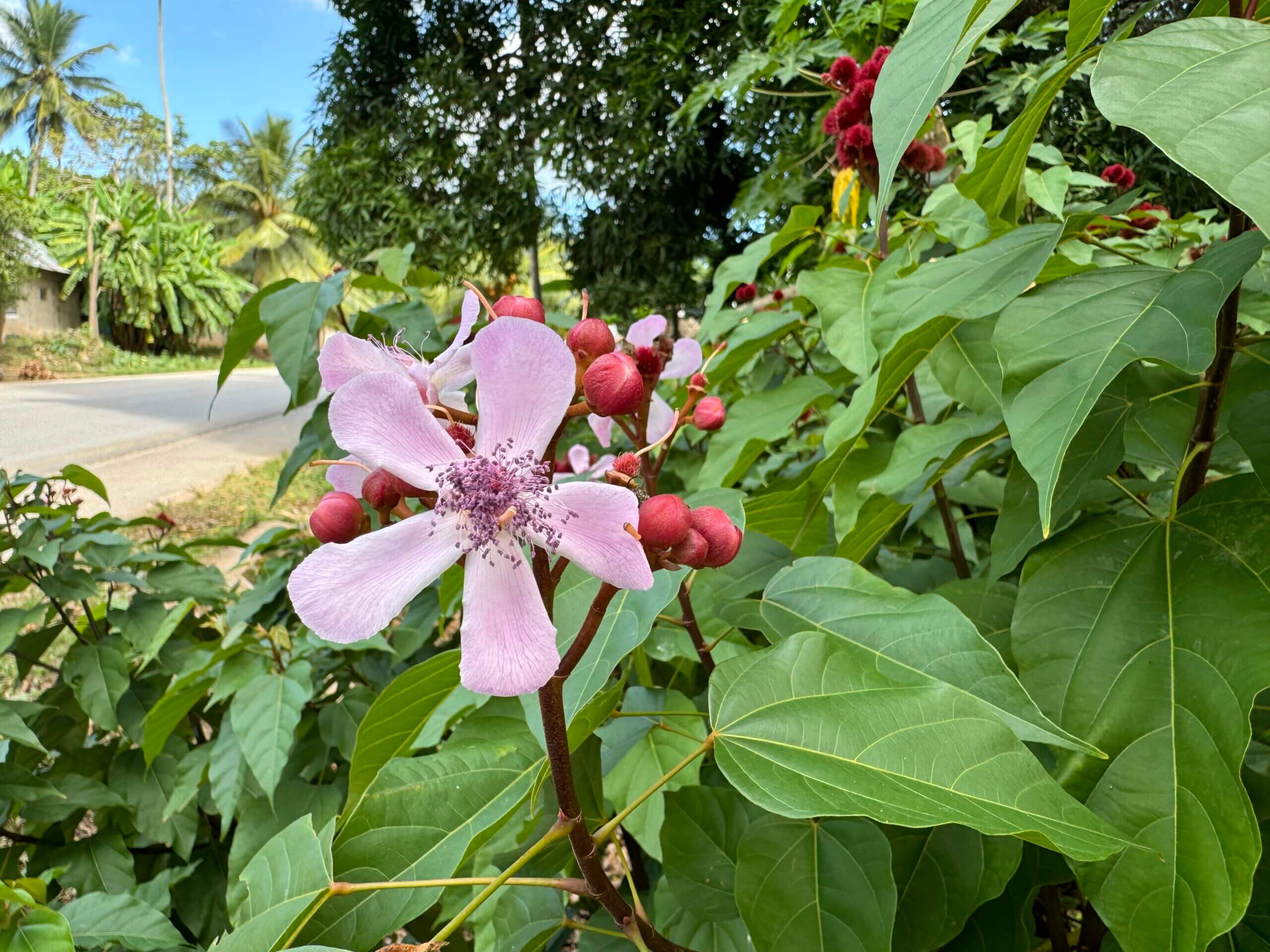

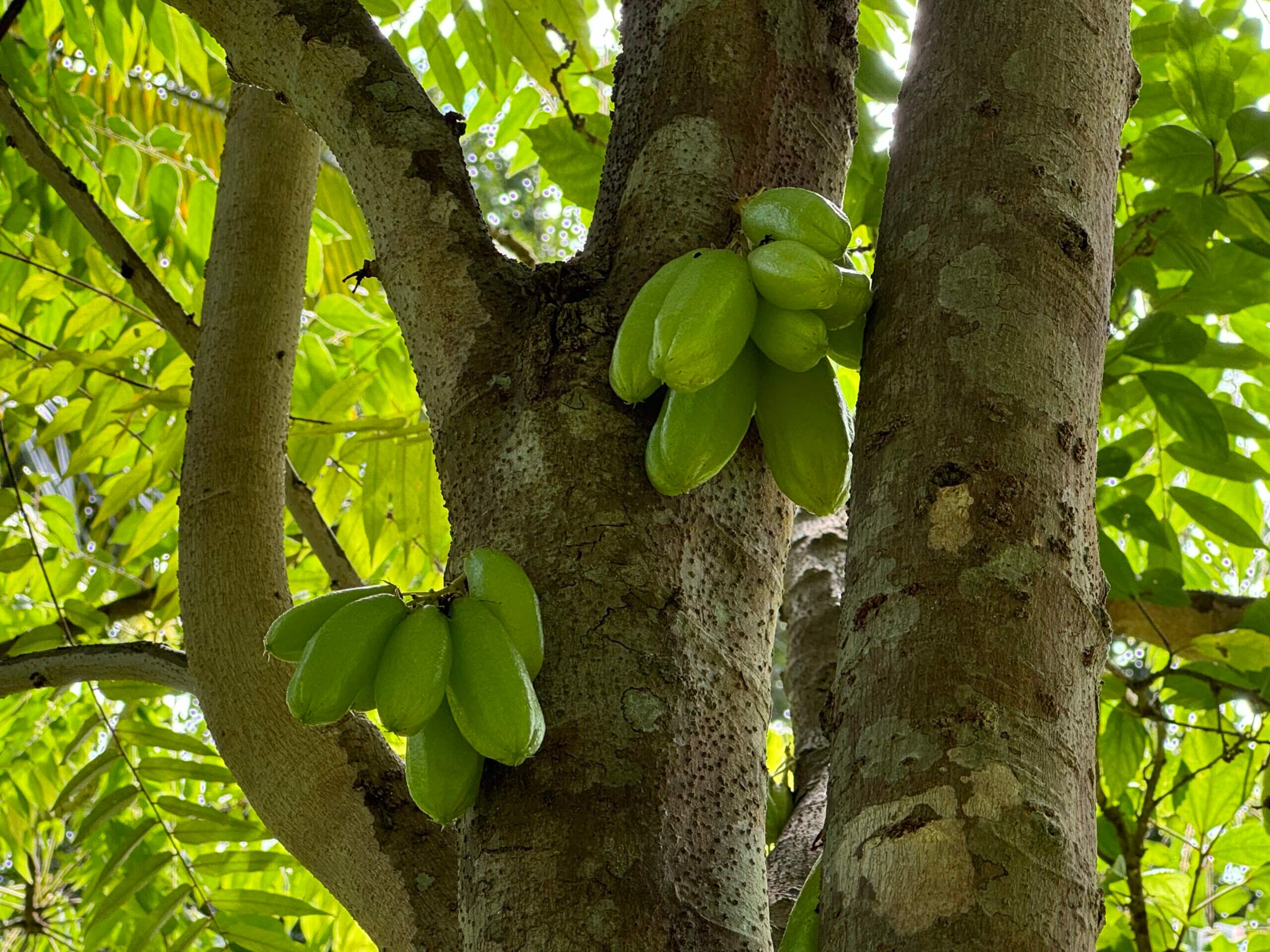
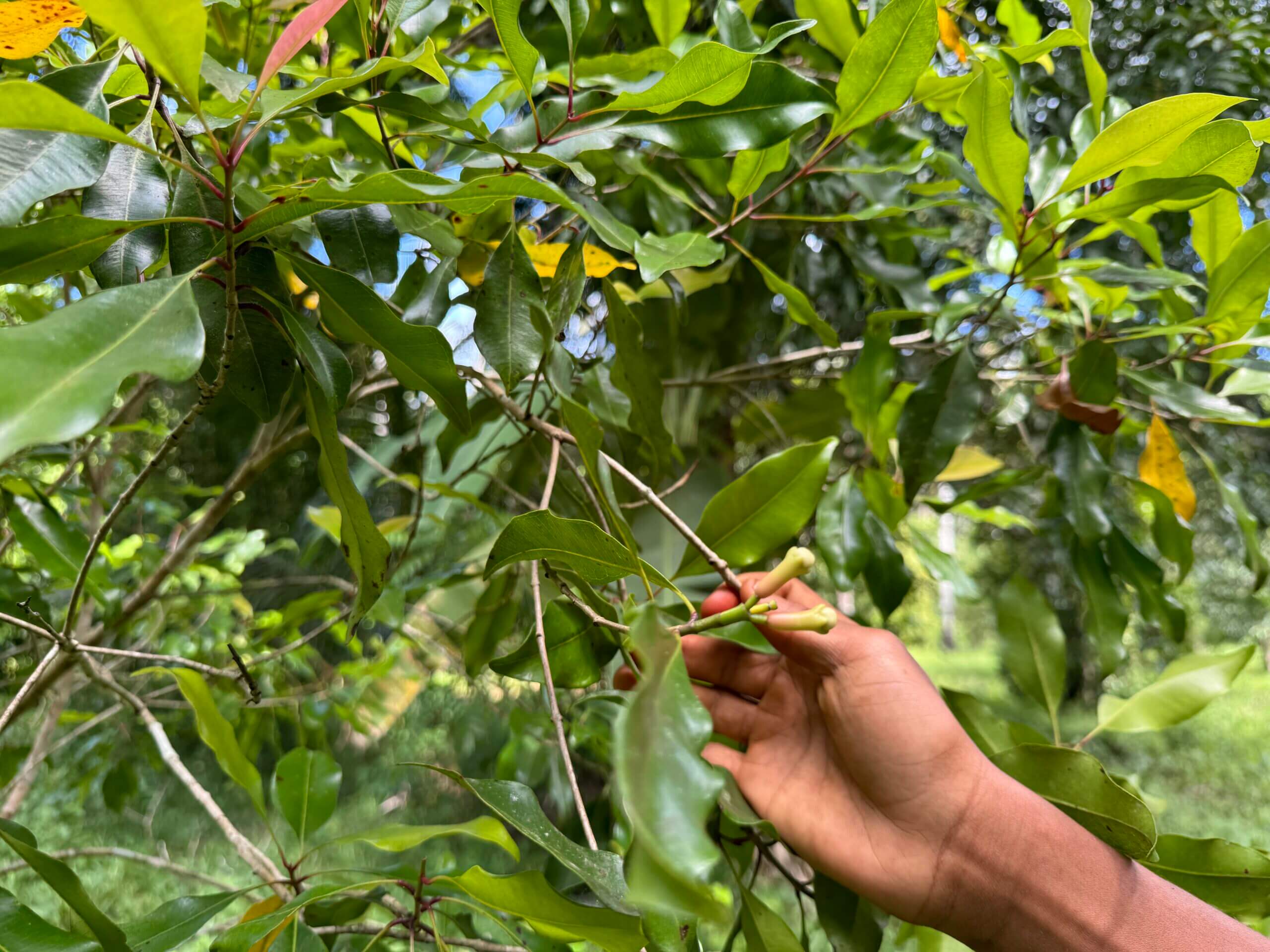
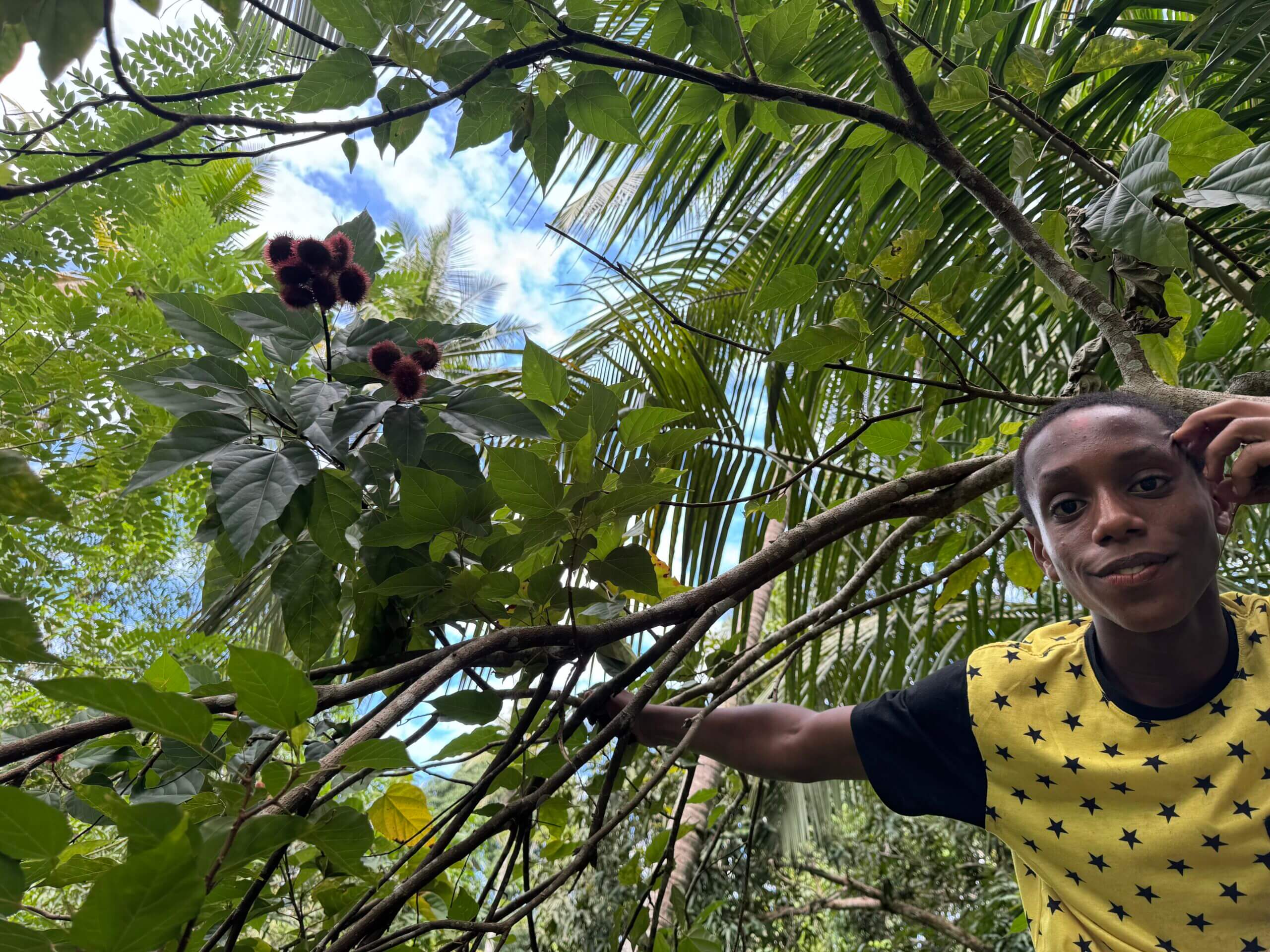
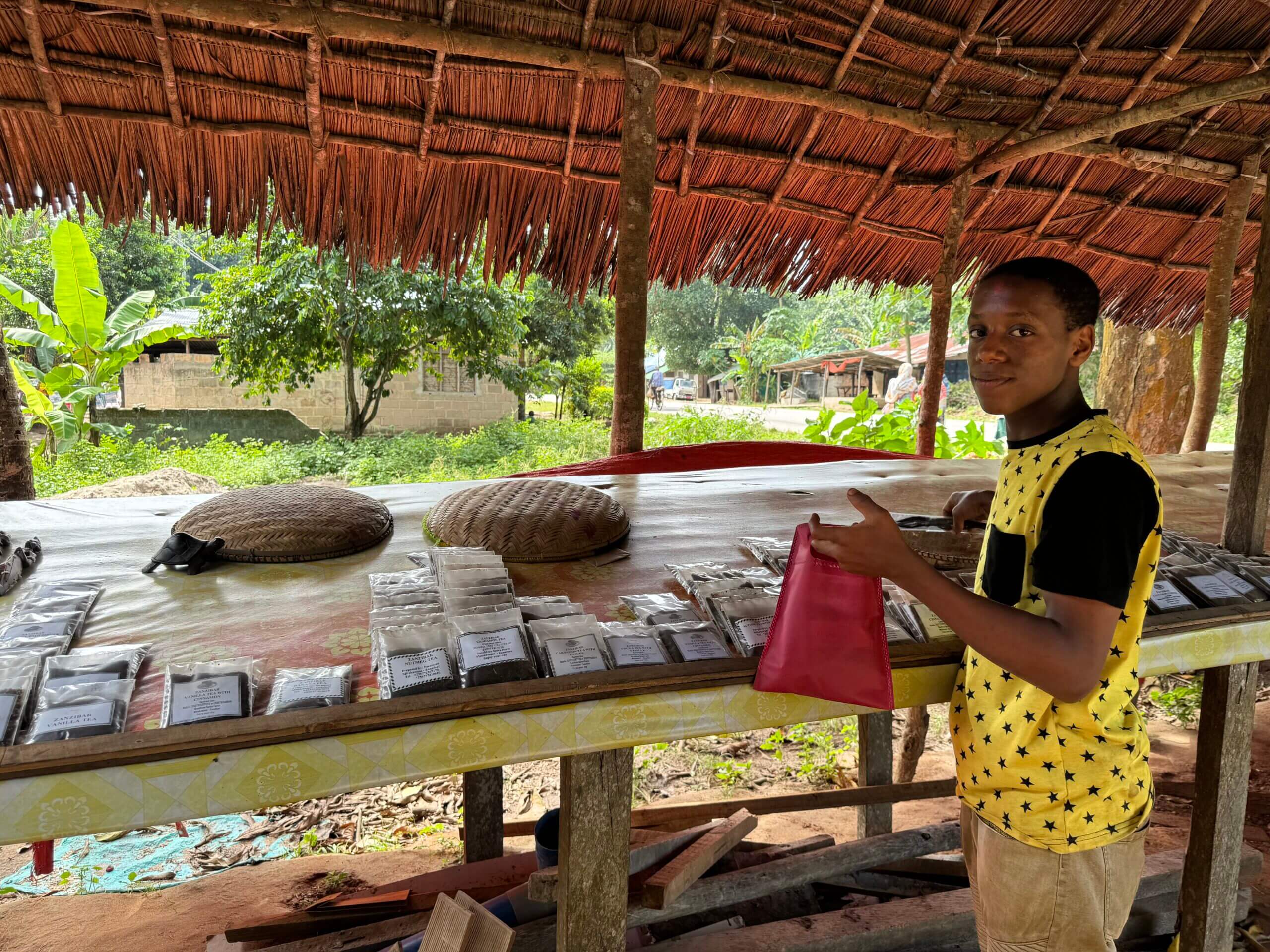
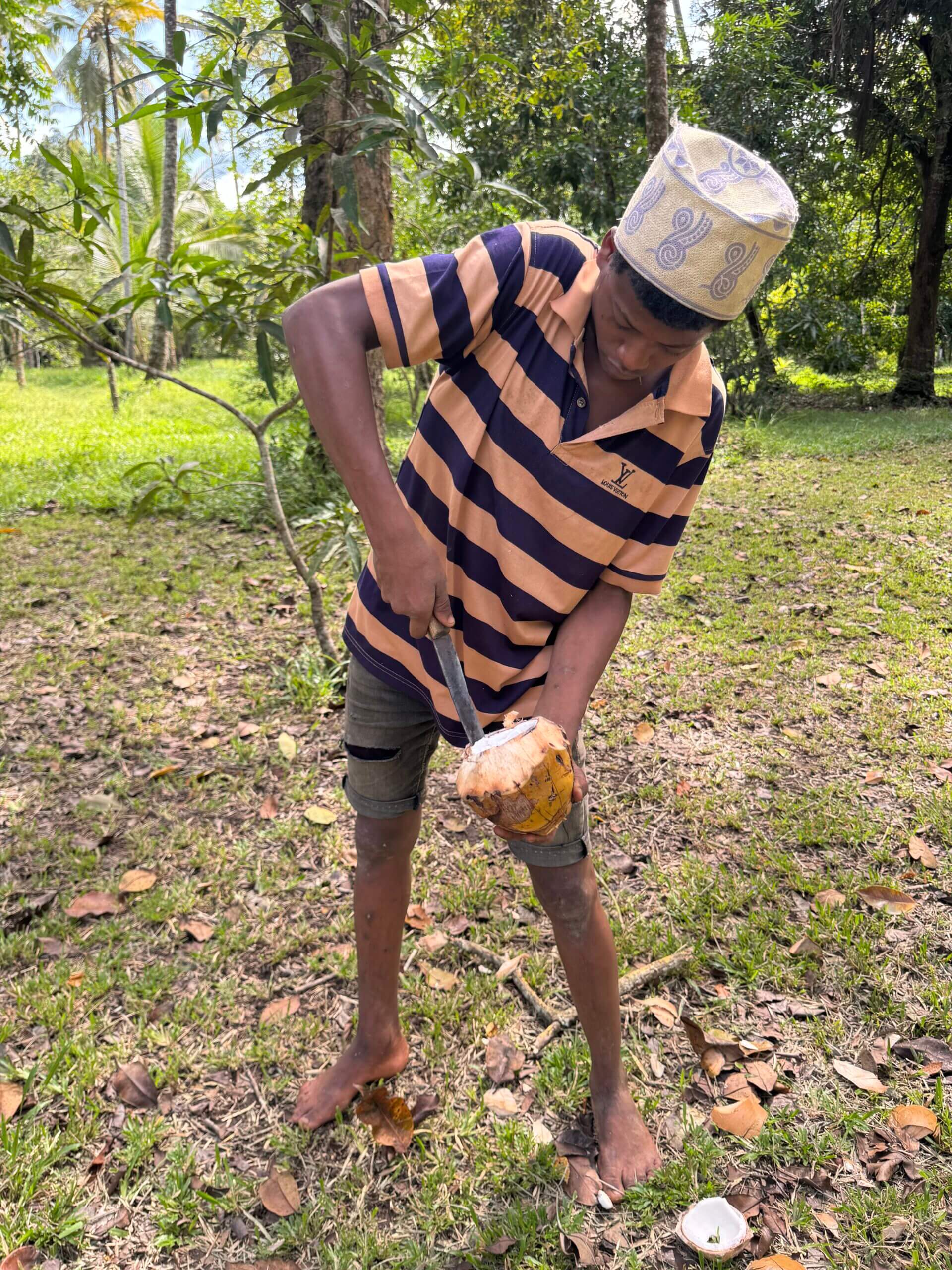
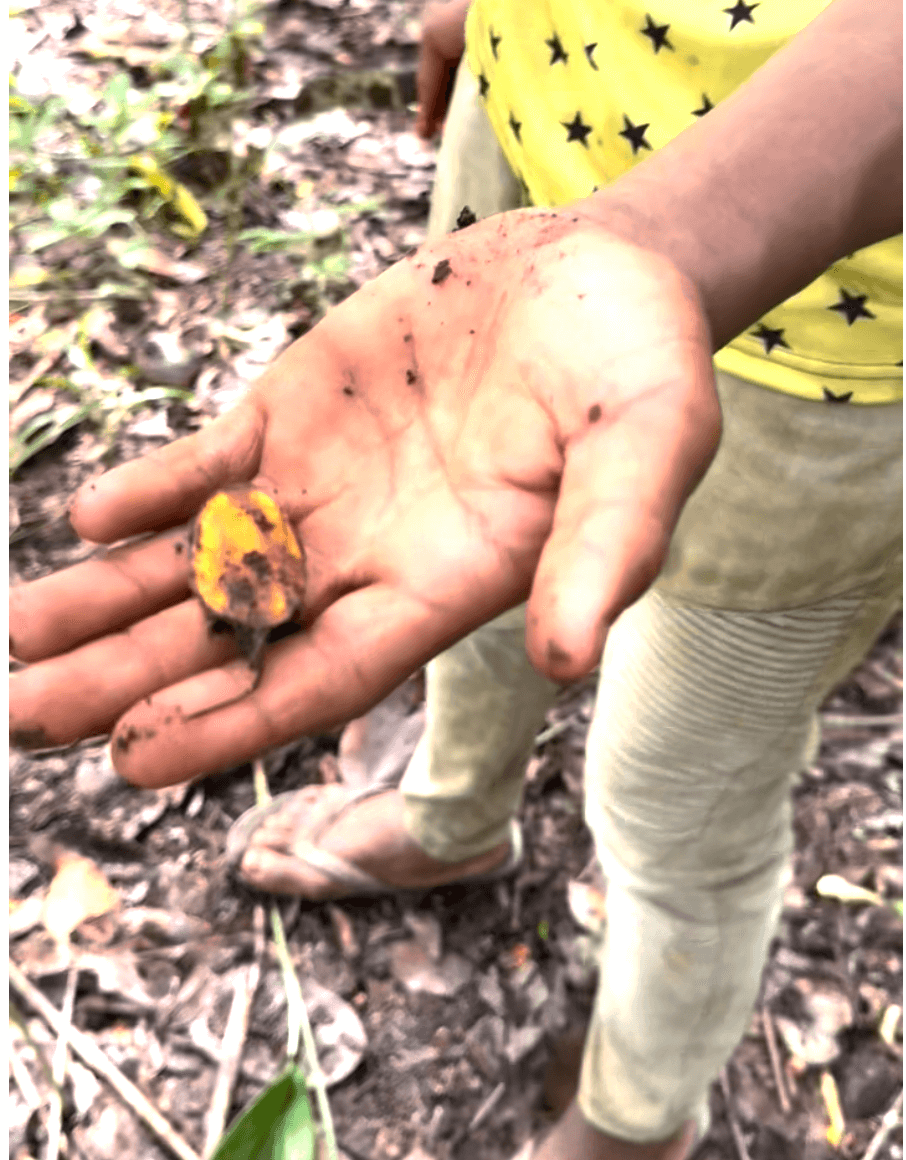


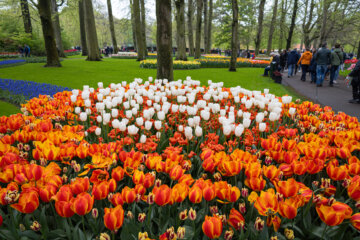

0 Comments